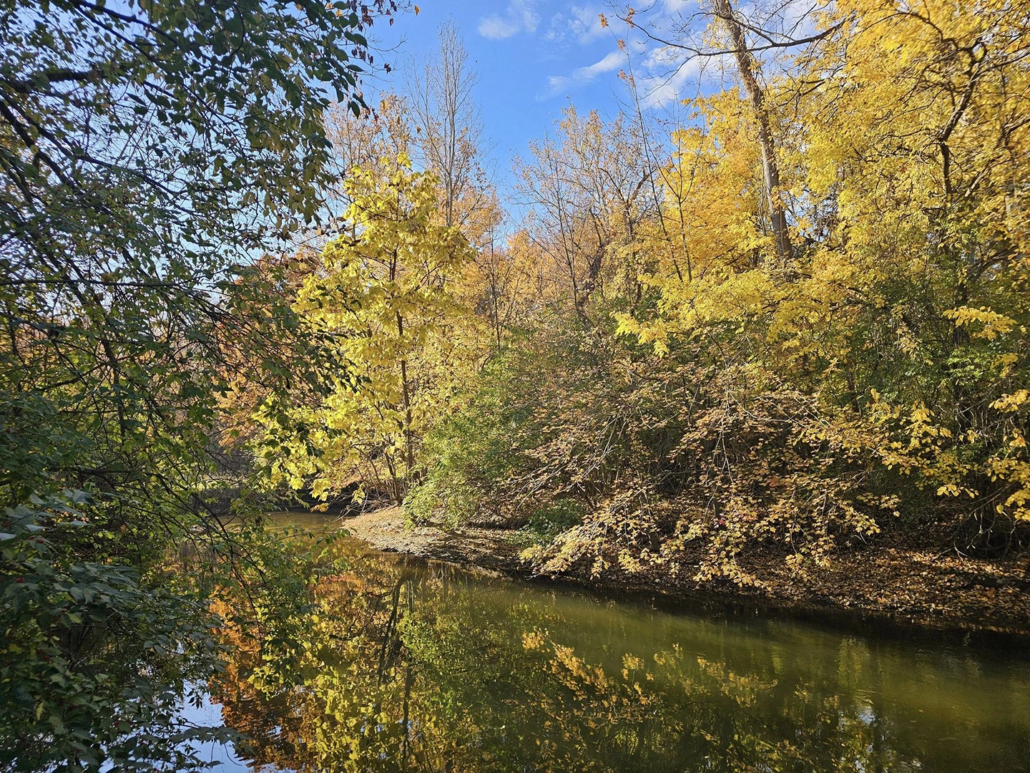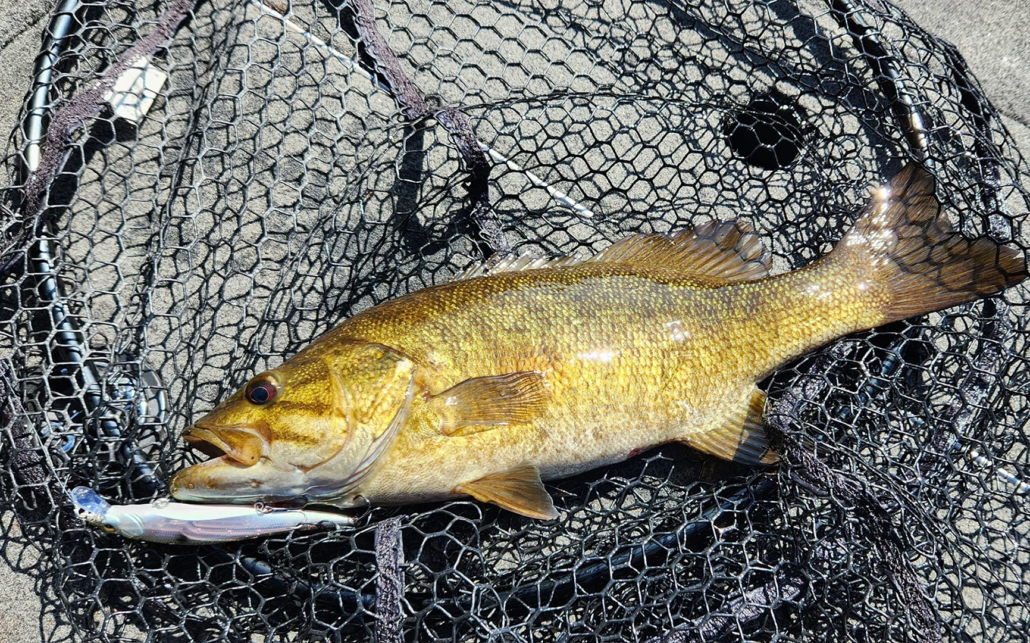As summer fades, the drop in water temperature is the primary trigger that sets smallmouth bass into migration mode. When water cools from the mid-80s to the mid-70s, and eventually into the 60s, the bass enter a more active phase. While smallmouth are known for their aggressive nature, the heat of summer can sometimes make them sluggish, especially in the mid-day sun. But in early to mid-fall, cooler temperatures rejuvenate them. Not only does this cooler water temperature increase their activity, but it also raises dissolved oxygen levels, creating better conditions across the entire water column.
In the summer, smallmouth tend to group in areas with high oxygen content, such as at the heads of riffles. But as the water temperature drops into the 60s and 70s, they spread out into a variety of habitats—ranging from riffles and pocket waters to long runs, pools, and flats. This seasonal cooling expands your fishing opportunities and widens the number of potential holding areas for smallmouth.

Late Autumn Transition and Techniques
As mid-fall transitions into late autumn, smallmouth bass adjust their behavior to prepare for winter. When water temperatures drop into the low to mid-50s, they begin staging in transitional zones. This staging occurs between their summer habitats and deeper overwintering spots. Anglers can find smallmouth along drop-offs, around river points and bends, or in the middle sections and tail-outs of deep riffles. Here, the fish hold near structures such as log jams and large boulders, waiting to ambush prey.
In late October through November, smallmouth bass begin focusing more on larger baitfish. This period is ideal for anglers using large baitfish imitations, whether with flies or lures, to target bigger fish. As winter approaches, the fish start feeding less frequently, so getting your bait, lure, or fly down into these deeper areas can lead to some strikes. As conditions get colder, presentations that mimic slow, vulnerable prey often produce the best results.
For late-autumn success, focus on:
- Slow Presentations: As smallmouth activity slows with dropping temperatures, slower presentations become more effective. Jigs, tubes, and soft plastics worked methodically along the bottom are key in triggering bites from sluggish fish.
- Baitfish Imitations: Lures and flies that mimic shad, minnows, or other forage fish are essential. Try using swimbaits, jerkbaits, or large streamers in deeper pools or around structures to entice a strike from a trophy bass.
- Target Deep Structures: As bass move toward their overwintering locations, focus your efforts on deep holes, drop-offs, and other structural features. Smallmouth will gravitate toward these areas as water temperatures fall into the 50s and below.

Wrapping Up Your Fall Smallmouth Strategy
While most sportsmen and women adjust their focus to hunting, fall is truly an exciting time for smallmouth anglers. With cooling water temperatures, smallmouth are ignited and motivated. Understanding how these bronze-backed fighters respond to temperature shifts—from their aggressive, spread-out habits in early fall to their gradual, structured movement toward deeper waters in late autumn—can make all the difference in your success on the water. With strategic bait choices, slow presentations, and a focus on key structures, you’ll be well-positioned to make the most of these seasonal changes.
So, as water temperatures dip and smallmouth head toward their winter habitats, embrace the fall fishing season. With the right approach, it can be one of the most rewarding times of year to chase these spirited fish and end the season on a high note.


